Suzuki Shuns The Alternator, Ignores Stevenson

Mark Stevenson steadfastly remains on his Suzuki Death Watch. “Pfft,” says the company run by the world’s youngest octogenarian Osamu Suzuki, and brings out yet another car Americans can’t have. .
Suzuki will bring out a new version of its best selling kei car, the Wagon R. According to The Nikkei [sub], Suzuki’s new midgetmobile will upset the other midgetmobiles with a “best-in-class 28.8km per liter, up around 22% from the current version of the wagon-type minivehicle.”
In a straight line km/liter to mpg conversion ( courtesy of Google,) this would translate into 70.3 mpg. Of course, the EPA number would be totally different, but also of course, we’ll never know because the Wagon R kei will never make it to these shores.
The new Wagon R improves on its current 23.6km per liter with a better engine, a lighter body and a regenerative braking system.
“Ah, a hybrid kei,” you will say. Nope.
The regenerative braking system will send the regenerated electricity into a lithium ion battery. That juice is then used to power the vehicle’s electrical components, no power-robbing alternator needed, domo arigato gozaimasu. They call that system ENE-CHARGE. The accompanying air conditioner is called “ECO-COOL”
In July, Suzuki’s Wagon R was in place 6 of Japan’s best seller list. The tricked-out successor will be at dealer showrooms in Japan starting next month. Just be careful and don’t trip over them.
In the meantime, an informant overheard in a Hamamatsu Izakaya: “Let’s deal with the Indians first. We’ll get to that Stevenson guy in due time.”

Bertel Schmitt comes back to journalism after taking a 35 year break in advertising and marketing. He ran and owned advertising agencies in Duesseldorf, Germany, and New York City. Volkswagen A.G. was Bertel's most important corporate account. Schmitt's advertising and marketing career touched many corners of the industry with a special focus on automotive products and services. Since 2004, he lives in Japan and China with his wife <a href="http://www.tomokoandbertel.com"> Tomoko </a>. Bertel Schmitt is a founding board member of the <a href="http://www.offshoresuperseries.com"> Offshore Super Series </a>, an American offshore powerboat racing organization. He is co-owner of the racing team Typhoon.
More by Bertel Schmitt

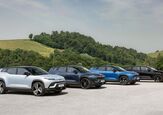
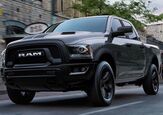














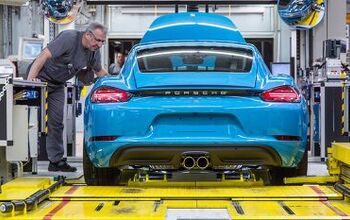
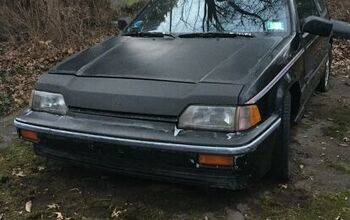
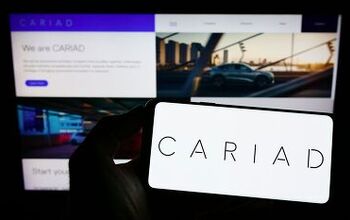
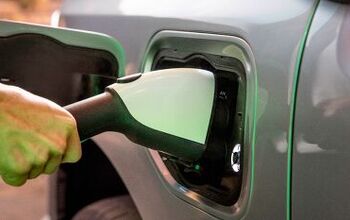
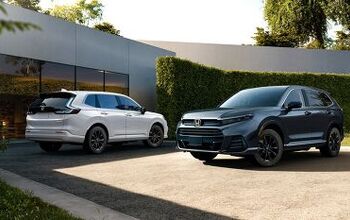
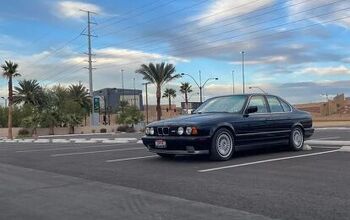
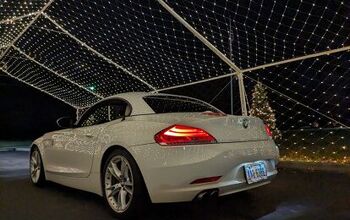


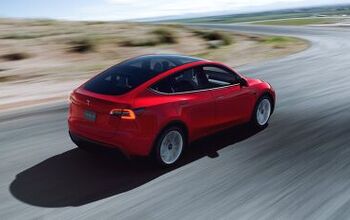
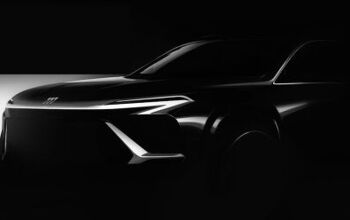

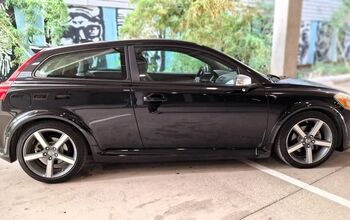
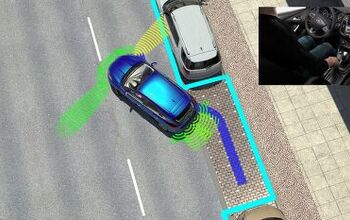
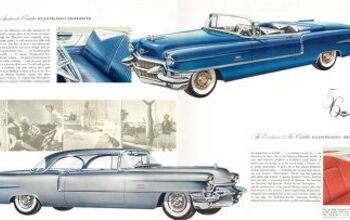
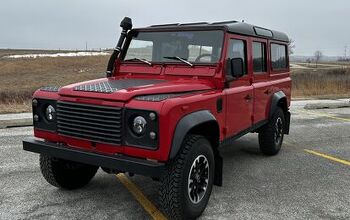
Comments
Join the conversation
And how much would that lithium battery add to teh price? Why don't they just do an idle-stop like most other mild hybrids? In Japan's stop and go traffic that alone would save a lot of gas.
If someone could figure out how to attach an energy convertor to the wheel hubs of a car, then we will have battery regeneration from 4 different sources as long as the car is moving. 4 convertors, 4 batteries, no worries.
I watched the entire video. While my Japanese is a bit rusty, it is pretty clear that the alternator hasn't gone anywhere. It's remains connected to the engine the whole time. The key difference is that the alternator is only energized on braking or overrun to recharge the batteries. The novel part is the use of a lithium-ion battery that can accept a high charging current as an additional battery. Otherwise it's not particularly different from other manufacturers' versions of the same thing. Myself I think the use of an ultracapacitor like what Mazda is doing is a better idea.
I guess it's a generator. I just used the word convertor because kinetic energy from the wheels will be converted to electricity.